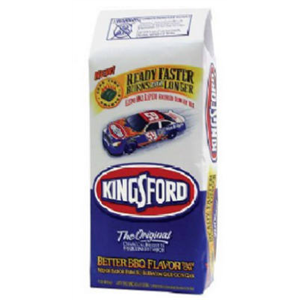
As a heavily fractured community, us strength trainers find plenty of shit to bicker about. We've got our studies, our experiences, and our training methods that we all use as pawns in the (almost-totally pointless) chess game of deciding who is the biggest, the best, and the strongest. Along the way, we can pad our wallets and stroke our egos by saying that we're in possession of the greatest way on the planet to train.
Among the things we (pretty-much mindlessly) bicker about revolves around the speed at which we execute the sacred dances (our exercises) that we do. Some want it fast... even plyometrically fast. Others want to focus on our eccentric lifting (seriously, that doesn't even fucking exist!). The swords get drawn over which makes the biggest strongest muscles and both have their reasoning... and their studies!
 My study is the best! He did it! I'm right! Listen to me!
My study is the best! He did it! I'm right! Listen to me!The pointlessness of this arguement comes from the fact that we fight about it ourselves by fogetting that we all have a common enemy: Gravity!
 That's more like it!
That's more like it!When you think about it, strength training is both our individual and collective defiance of gravity. We all hate gravity because we all hate being told what to do. We, as a species, are mother nature's spoiled, little brats who won't take no for an answer. How else could you explain why we love flying, levitation, and space travel? They are all ways to tell gravity to, "FUCK OFF!" Unfortunately, those are all varying degrees of expensive or impossible. Strength training is the poor person's way to do the same thing.

ASSHOLE!
So, why is it pointless to argue about how fast to do an exercise? How does that relate to that dark force that we hate so much? Well, it's pretty simple: there are more ways than to defy gravity than just one way! Certain exercises lend themselves better to deliberate fast motion than they do deliberate slow motion. Gravity always pulls us downward, towards the earth. We all know that. Some exercises work best by slowing the rate at which you or the weight descends, such as with hanging leg raises. Others work better by getting something up against gravity as fast as possible, like doing olympic lifts. Isometrics like the L-sit are great because you completely resist gravity's call to hit the floor, period.
What this really boils down to is concentric vs eccentric movement of the muscles. It's stupid to argue which builds muscle better because neither is more important than the other. There are exercises where the sheer difficulty of the exercise lies more in the concentric (shortening) movement of the muscles than in the eccentric (lengthening) movement. Usually, concentric is best done fast while eccentric is best done slow. Yes, there are exceptions.
Ultimately, we become stronger by resisting what gravity tells us to do. Yes, we'll succumb to that fucking-bitch mother nature but how fast we do our exercises dictates the method of resistance. The fight that makes us stronger changes. Adjust accordingly... and quit the bullshit arguing!


















